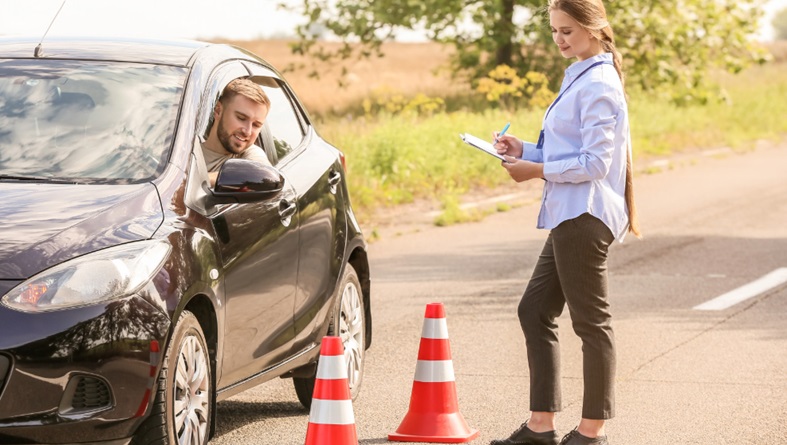
Taking the DPS road test is a significant milestone in the journey to becoming a licensed driver. For many, it can also be a source of anxiety. That’s why enrolling in a structured program like driver’s education in Austin is such a valuable step. These programs are specifically designed to build both technical driving skills and mental preparedness, ensuring you’re fully ready for what’s expected on test day.
From maneuvering through traffic to understanding the finer details of road signs and signaling, a comprehensive driver’s ed course offers hands-on training and theory-based learning that directly aligns with the requirements of the DPS exam.
Structured Learning That Matches the Test Format
One of the biggest advantages of formal driver ed is its alignment with the testing process. The curriculum typically covers everything that will be evaluated during the road test, including parallel parking, lane changes, stop-and-go maneuvers, yielding, and handling intersections.
Moreover, programs that follow the best tips for choosing a driver education program often incorporate simulated testing conditions. This gives students firsthand experience with the pressure and pacing of an actual road test. By the time learners arrive at the DPS office, they are not only familiar with the required maneuvers—they are comfortable executing them in real-world traffic.
Certified instructors also play a vital role. Their feedback helps students correct bad habits early, reinforce safe practices, and improve overall confidence behind the wheel.
Beyond Technique: Teaching Confidence and Judgment
Driver education goes further than just checking off a list of skills. It teaches students how to think critically in traffic situations, remain calm under pressure, and adjust to dynamic environments like rush hour or poor weather conditions.
This holistic approach helps break down the myths about driver education, such as the idea that it’s only useful for teenagers or that it doesn’t address real driving scenarios. On the contrary, well-designed programs train students to understand vehicle dynamics, manage distractions, and respond to emergencies—qualities that are just as important as knowing how to make a three-point turn.
When students gain exposure to a range of driving experiences, they are better equipped to demonstrate safe and confident behavior during the DPS test.
Reinforcing Good Habits for Long-Term Success
Perhaps one of the most important aspects of a great driver’s ed program is its focus on habit formation. Developing routines such as checking mirrors, signaling early, scanning intersections, and maintaining safe distances are all skills that translate into higher road test scores—and safer driving overall.
These foundational behaviors not only help students pass the test but also stay safer long after the exam. Instructors teach students to think proactively, reducing the chances of mistakes and building lifelong driving habits that promote responsibility and awareness.
Conclusion
Driver education plays a critical role in preparing students for the DPS road test—not just by covering test requirements but by fostering real-world skills, confidence, and judgment. Through proper instruction, feedback, and experience, learners can move into the licensing process with clarity and assurance. Structured training lays the groundwork not just for passing the test but for a lifetime of capable, cautious driving.




